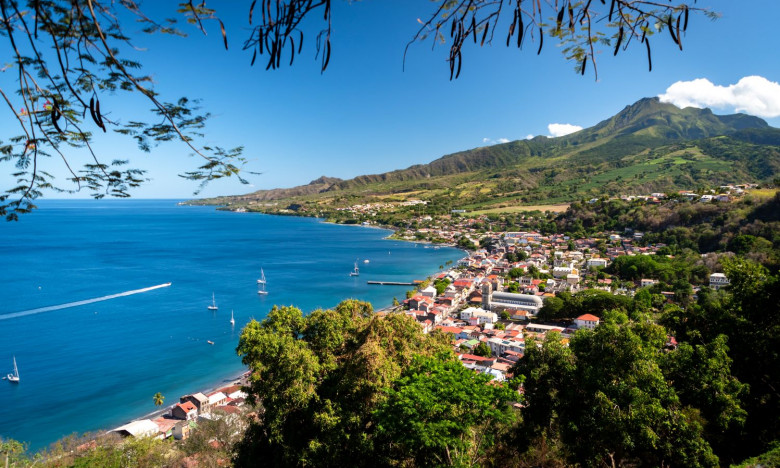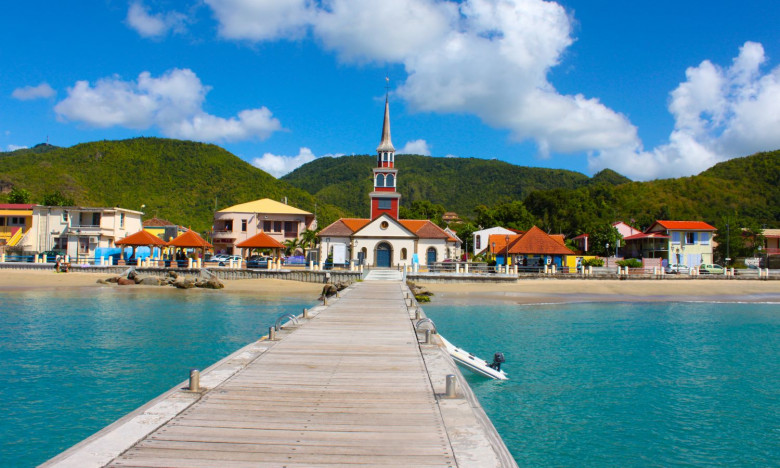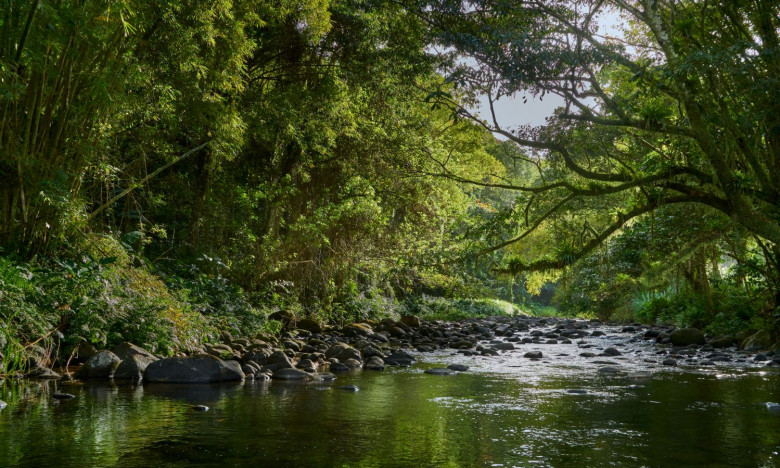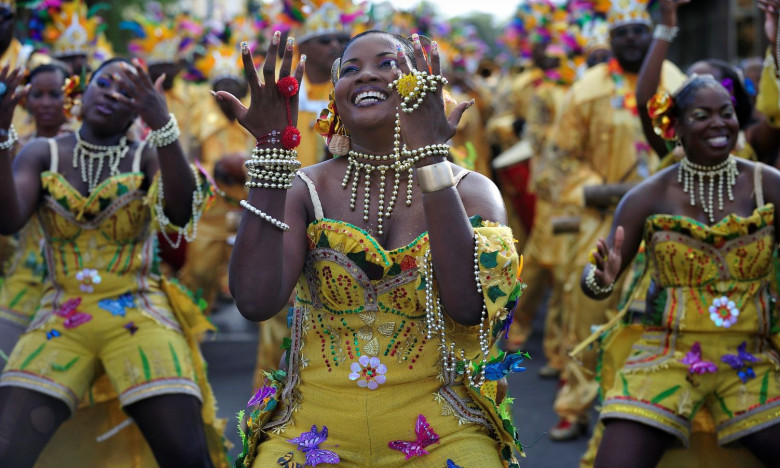During the 45th session of the World Heritage Committee held in Riyadh September 10 to 25, 2023 an early announcement made on September 16 featured the inclusion of the Volcanoes and Forests of Mount Pelée and the Pitons of Northern Martinique.
This inclusion represents the third UNESCO nod for the Isle of Flowers in four years. The first was the listing of the traditional Yole Sail Boat in 2020 and the second the entire island of Martinique was declared a World Biosphere Reserve in 2021.
Last year was the 120th anniversary of the eruption of the now dormant Mount Pelée. On May 8, 1902, the towering Mount Pelée erupts with tremendous effect. destroying most of Saint-Pierre—Martinique’s former capital.
Once known as the “Little Paris” of the Antilles, Saint-Pierre—which was of course rebuilt—lost its place as the island’s capital and economic heart to Fort-de-France. However, today, this lovely town by the sea is now a vibrant city of art and history. Saint-Pierre is known as a contemporary art center and also renowned for its nearby black sand beaches. The town is also a culinary destination and rum producing hub and home to the recently restored Mémorial de la catastrophe de 1902 | Musée Frank A. Perret, first founded in 1933. It was the idea of the self-taught American volcanologist and engineer Frank A. Perret, who helped in the reconstruction of Saint-Pierre.
Did you know?
Mount Pelée's other claim to fame: The flanks & environs of Mount Pelée are at the origin of Caribbean & Americas coffee plantations.
For more on the Musée Frank A. Perret and the history of coffee in the Americas and its renaissance in Martinique, click here






